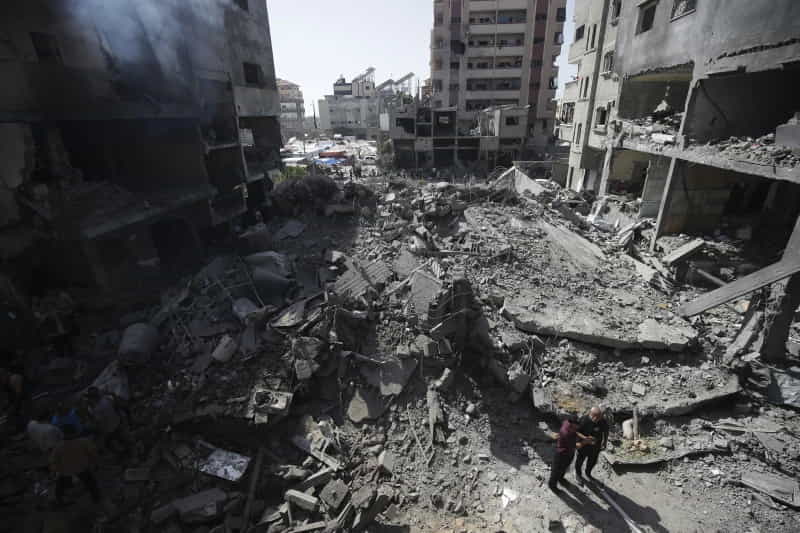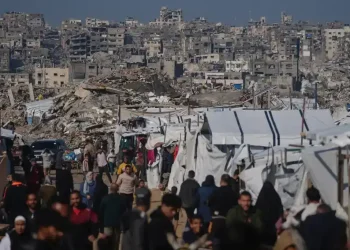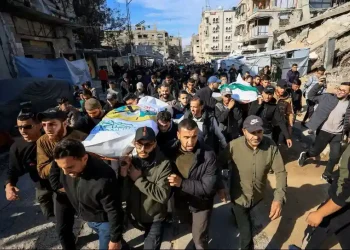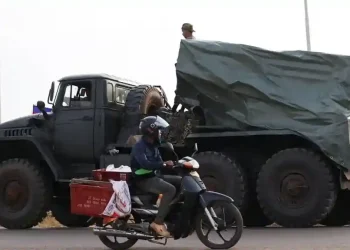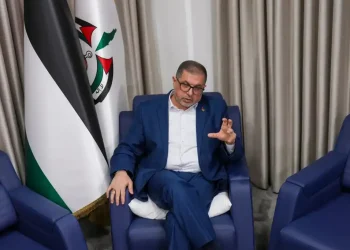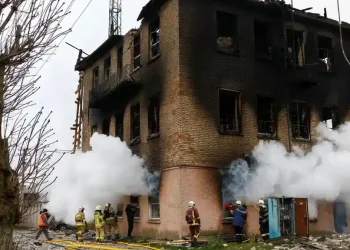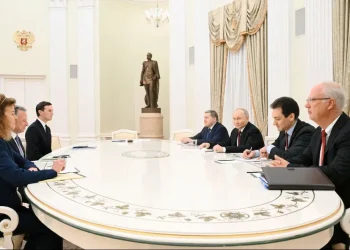Israel and Hamas Nearing Ceasefire Deal: What It Could Look Like
After months of deadlock, Israel and Hamas are showing signs of progress toward a ceasefire to end their 14-month conflict. Mediators from the U.S., Qatar, and Egypt have intensified efforts, with growing optimism from both sides.
Key Developments Driving Progress
- Hamas Flexibility: Hamas has signaled more willingness to compromise, particularly regarding the timing of Israeli troop withdrawals from Gaza.
- Israeli Optimism: Israel’s Defense Minister Israel Katz stated this week that a deal is “closer than ever.”
- Geopolitical Shifts:
- Hamas is more isolated after Hezbollah’s ceasefire with Israel.
- Iran, a key Hamas ally, faces setbacks, including reduced regional influence.
- U.S. Pressure: Both the outgoing Biden administration and the incoming Trump administration are pushing for a resolution before the January 20 inauguration.
While significant details remain unresolved, here’s a breakdown of the proposed deal:
Phase 1: Preliminary Ceasefire
- Duration: 6–8 weeks.
- Hostage Exchange: Hamas would release 30 hostages — about half of those believed alive, including dual U.S.-Israeli citizens.
- Prisoner Release: Israel would free hundreds of Palestinian prisoners, including 100 prisoners with long-term sentences for violent attacks.
Humanitarian Aid Surge
The deal aims to address the severe humanitarian crisis in Gaza, where:
- 90% of Gaza’s 2.3 million people are displaced.
- Aid workers report widespread hunger and shortages.
Key measures include:
- A significant increase in humanitarian aid.
- Reopening the Rafah Crossing with Egypt, closed since Israel’s ground offensive in May.
- Why It Matters: Rafah is the primary route for Palestinians to exit Gaza and the only border crossing not controlled by Israel.
- Proposed Management: Mediators are considering a return to the 2005 agreement, which allowed the Palestinian Authority to operate the crossing with oversight from European Union observers.
Partial Israeli Troop Withdrawals
- Israeli forces would withdraw from some Palestinian population centers, allowing displaced residents to begin returning home.
- However, Israeli troops would not leave Gaza entirely during this phase.
- Troops would remain along the Philadelphi Corridor, a strategic area bordering Egypt.
Next Steps: Toward Ending the War
During the ceasefire, negotiators would work on a long-term agreement, including:
- A permanent ceasefire and full Israeli troop withdrawal.
- The release of all remaining hostages and bodies held by Hamas.
- Discussions on Gaza’s governance and reconstruction plans.
Conclusion
While hurdles remain, this emerging deal reflects progress after months of stalemate. Mediators and officials are cautiously optimistic that both sides may soon agree to a phased roadmap, providing relief for Gaza’s humanitarian crisis and a path toward ending the war.
This article was rewritten by JournosNews.com based on verified reporting from trusted sources. The content has been independently reviewed, fact-checked, and edited for accuracy, neutrality, tone, and global readability in accordance with Google News and AdSense standards.
All opinions, quotes, or statements from contributors, experts, or sourced organizations do not necessarily reflect the views of JournosNews.com. JournosNews.com maintains full editorial independence from any external funders, sponsors, or organizations.
Stay informed with JournosNews.com — your trusted source for verified global reporting and in-depth analysis. Follow us on Google News, BlueSky, and X for real-time updates.
